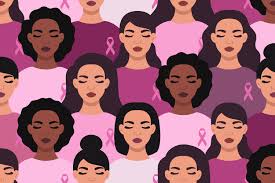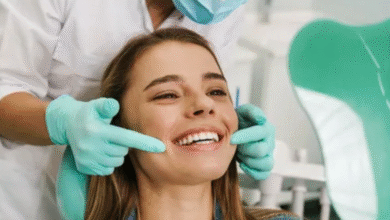The Global Impact and Hope in Breast Cancer Survival

As a practicing physician, it is found that breast cancer affects women and their families. With estimates indicating that nearly one in eight women will get a breast cancer diagnosis by age 70, it still ranks among the most prevalent cancers worldwide.
Every two minutes, a woman hears those life-altering phrases somewhere in the globe; over 1,400 women lose their daily fight with breast cancer. Though they load me greatly as a healthcare practitioner, these statistics also bring me sharply to mind how vital early intervention and education are in saving lives.
I have seen amazing changes in breast cancer results over the years. Advances in treatments and screening techniques have caused the five-year survival rate for several kinds of breast cancer to almost 99%. This development is attributable to both medical science and growing awareness and quick response. This is a serious disease so it should be treated like one.
What are the Risk Factors
Risk reduction depends on sleep quality and mental health, which surprisingly play crucial roles. Because it can upset immune response and hormone balance, I advise patients to include mindfulness exercises, such as meditation and deep breathing, into their daily lives.
Exposure to particular chemicals in plastics, personal care items, and household cleaners may contribute somewhat but meaningfully to breast health hazards. The patients should take it seriously, and my advice would be to undergo proper medication and treatment once they notice any signs of breast cancer.
Knowing Physical Warning Flags
In start, there are no obvious symptoms and therefore is unable to detect. For this you need to go through screening often. From my experience as a practicing doctor, I always advise my patients to listen to their bodies and immediately inform me of any unexpected changes.
Dimpling or redness of the skin, new lumps or thickened areas under the breast or axilla, nipple inversion, discharge, or pain; lymph node or breast expansion close to the collarbone or axilla. Early diagnosis opportunities are raised as patients are educated about these symptoms, since they are then given the power to immediately seek treatment.
Good Diet For Good Health
The food should include all the ingredients that are essential for the body. Fruits and vegetables are also good sources of important nutrition. Grains help fight the disease by helping to strengthen the immune system as well.
A diet high in processed foods, added sugars, and poor fats can, however, worsen inflammation and oxidative stress which may enhance one’s risk for cancer.
As a fellow physician, I have observed a consistency that should incorporate mental and emotional health. Physical health initiatives can be aligned well with other strategies (meditation, yoga, acupuncture, spiritual, cultural, etc.) that focus on supporting the spirit to decrease stress. Integrative initiatives that include these potent therapies often function to optimize patient quality of life, from the preventive stage to treatment and recovery.
The Importance of Awareness and Community Support
In medicine, knowledge literally is power. I want to arm my patients to manage their health by informing them about breast cancer dangers, screening schedules, and symptoms.
Overcoming dread and misinformation that occasionally delays diagnosis or treatment depends critically on supportive communities, patient education initiatives, and easily available medical care services. Promoting open, honest conversation inspires women to get preventive care and helps to eradicate stigma.
Stories of Survivors and the Promise of Early Intervention
Many breast cancer survivors I have attended to inspire will and resolve in their tales. Meeting the patients constantly brings to my mind that if detected early, it could have been managed easily. Small tumors are easily curable and regular mammograms are necessary for detecting early signs for breast cancer.
Patients with significantly better prognoses are those who adhere to screening guidelines, quickly report symptoms, and follow treatment regimens. Their fortitude and resiliency show the life-saving ability of quick, educated action.
The Pink Ribbon Stands for Unity and Action
The pink ribbon is an internationally recognized symbol of the battle against the disease – not merely a general awareness of breast cancer. The pink ribbon is not only symbol of hope and solidarity with the patients it represents, but also reminder of the significance of education, awareness, compassion, and support along the way to prevention, recovery, and healing.
October is celebrated around the world as Breast Cancer Awareness Month. It has created some awareness regarding breast cancer. There is enough messaging around us to be serious about it. This symbol can be worn in support of, and in solidarity with, our patients.
Final Word
Being a doctor, I think that breast cancer awareness should be continuous with commitment rather than for a short time. It refers to knowing risk, prioritizing screening, recognizing warning signs, eating a healthy diet, and promoting good mental health.
With early detection and medical advancement, breast cancer is now more treatable when diagnosed early. Knowledge and support of holistic health strategies will help women to empower themselves so that we may keep improving results together.
The pink ribbon reminds us that by means of daily action and combined effort, we can alter the direction of breast cancer and safeguard women’s health. Saving one life at a time. For more information and awareness of this you can visit ravoke.com



